Gwangju Chungjang Festival (광주 추억의 충장축제)
11.1Km 2024-10-16
Geumnamno 1(il)-ga, Dong-gu, Gwangju
+82-62-608-4675
Every October, Gwangju Chungjang Festival takes place around the area of Chungjang-ro, a representative street in Gwangju where old history and fast changes exist together. The festival's main event, Chungjang World Parade, includes floats with various themes from the 13 districts of Gwangju. The street is recreated in various stages of changes between the 70s and the early 2000s. Visitors can also enjoy tea at old-style cafes or take black-and-white photos at a photo studio.
Gwangju Busking World Cup (광주 버스킹 월드컵)
11.2Km 2024-09-27
B56 Seoseok-ro, Dong-gu, Gwangju
+82-70-4400-6554
The Gwangju Busking World Cup is a grand-scale event inviting musicians from around the world to perform at this busking competion. Busking is a signature of street culture, with the event taking place around the 5.18 Democracy Square, where the May 18 Democracy Movement took place.
Namgwangju Market (남광주시장)
11.2Km 2023-11-20
117 Yangnim-ro, Dong-gu, Gwangju
+82-62-226-1101
Namgwangju Market formed naturally in the area around the old Namgwangju Station, selling everything from seafood and fresh produce to household items. The market suffered a lot when the train station was closed, but it is still very famous for fresh fish, which comes in every morning between 2 and 5 AM. Due to this, there are many raw fish restaurants in the area, with fresh fish and very affordable prices.
Chireunsibill (치른시빌)
11.2Km 2024-10-10
10 Seoseok-ro 85beon-gil, Dong-gu, Gwangju
Chireunsibill was founded in 2022, offering educational programs and art kits with young artists both online and offline. The educational programs are open to all , and cover a wide genre of art types, from painting to music. It is a popular attraction for travelers with children.
Gwangju National Science Museum (국립광주과학관)
11.2Km 2021-05-24
235, Cheomdangwagi-ro, Buk-gu, Gwangju
+82-62-960-6210
Gwangju National Science Museum was opened in 2013 to promote science. The museum specializes in light and science with a spaceship-shaped exterior. Many of the exhibitions consist of hands-on programs, providing visitors a chance to use their imagination to further learn about science.
Asia Culture Center (국립아시아문화전당)
11.2Km 2024-07-11
38 Munhwajeondang-ro, Dong-gu, Gwangju
+82-1899-5566
The Asia Culture Center (ACC) is an international arts and cultural exchange organization aimed to promote Gwangju as Asia's central hub through the integration of past and present-day cultural arts as well as the development of futuristic and progressive arts. The center consists of ACC Culture Exchange, ACC Children, ACC Archive & Research, ACC Theater, and other facilities to support and foster innovation.
Geumsoojang Tourist Hotel (금수장관광호텔)
11.3Km 2020-04-24
2, Mudeung-ro 321beon-gil, Dong-gu, Gwangju
+82-62-525-2111
Geumsoojang Tourist Hotel is located in the old downtown center, just a seven-minute walk from Gwangju Station. It is known as the best "business hotel with expert Korean cuisine.” It has clean and comfortable guestrooms, other convenient facilities, an organized-customer management system, economic rates, and excellent service.
Arirang House (아리랑하우스)
11.3Km 2016-10-18
2, Mudeung-ro 321 Beon-gil, Dong-gu, Gwangju
+82-62-525-2111~5
With a proud 20-year history, Arirang House is famous for its kimchi, which won a prize at the first Kimchi Festival. In 2003, the restaurant collaborated with Shilla Hotel and Paradise Hotel and successfully hosted a royal cuisine demonstration event, contributing to the promotion of Korean cuisine.
Arirang House serves delicious Korean cuisine in an elegant style. The food is carefully prepared by 11 chefs, including the chef who has thirty years of experience. The kitchen is divided into the side dish team, the special dish team, and the main course team to prepare a total of thirty or so specialized dishes. The flavors are enhanced by using only the freshest natural ingredients and not using any artificial seasonings. Prices vary by course, and each course comes with raw beef, samhap (a combination of three special foods), assorted raw fish, and steamed short ribs. The bossam kimchi (kimchi with slices of steamed pork) is also one of their specialties.
Chonnam National University Medical Museum (전남대학교 의학박물관 (전남대학교 의과대학 구 본관))
11.4Km 2024-10-10
160 Baekseo-ro, Dong-gu, Gwangju
Chonnam National University Medical Museum opened in 2021 at the previous main building for the university's medical education department, used from 1952 to 1957. It is the oldest building within the university campus, while featuring modern design elements over the exterior.
Namdo Folk Food Exhibition Room & Honam Cultural Material Pavilion (남도향토음식박물관·호남문화자료전시관)
11.6Km 2021-11-27
477, Seoljuk-ro, Buk-gu, Gwangju
+82-62-410-6642
Located in Gwangju, the Namdo Folk Food Exhibition Room was established to preserve and promote the local foods of the Namdo region. The museum has a museum shop, both permanent exhibitions and special planned exhibitions, and a studio where visitors can watch a variety of video content related to the local foods. In the Honam Cultural Material Pavilion, literature, clothing, and artwork from the region are on display.
The museum building was designed to resemble both the long, rectangular presses used to make patterned rice cakes and the Ipseokdae Rock of Mudeungsan Mountain, a symbol of Gwangju. Even the colors of the building’s walls hold special significance. The obangsaek (five colors; blue, white, red, black, and yellow) symbolize the cardinal directions, the seasons, the major organs in the body, different tastes, feelings, and philosophy.
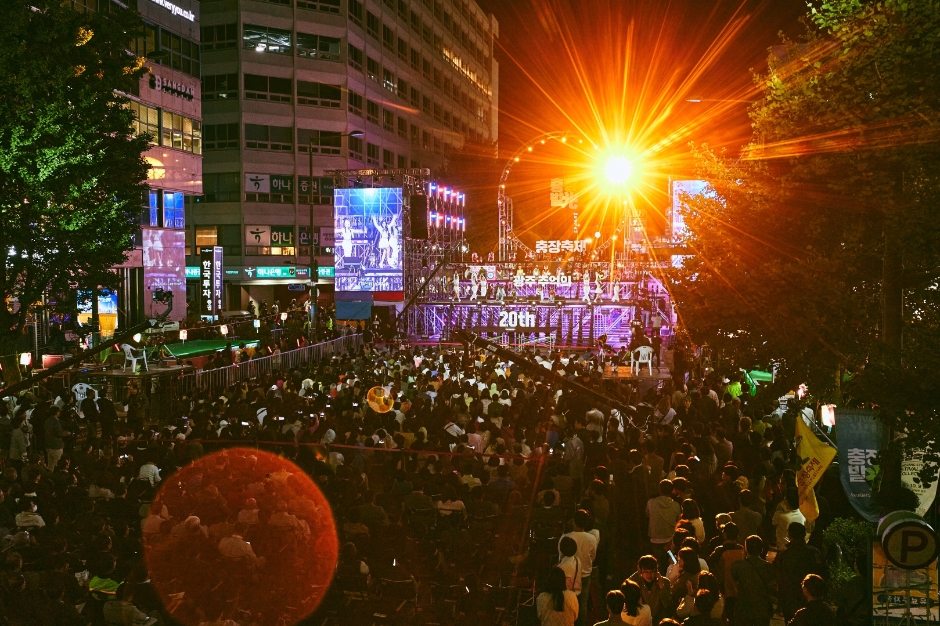
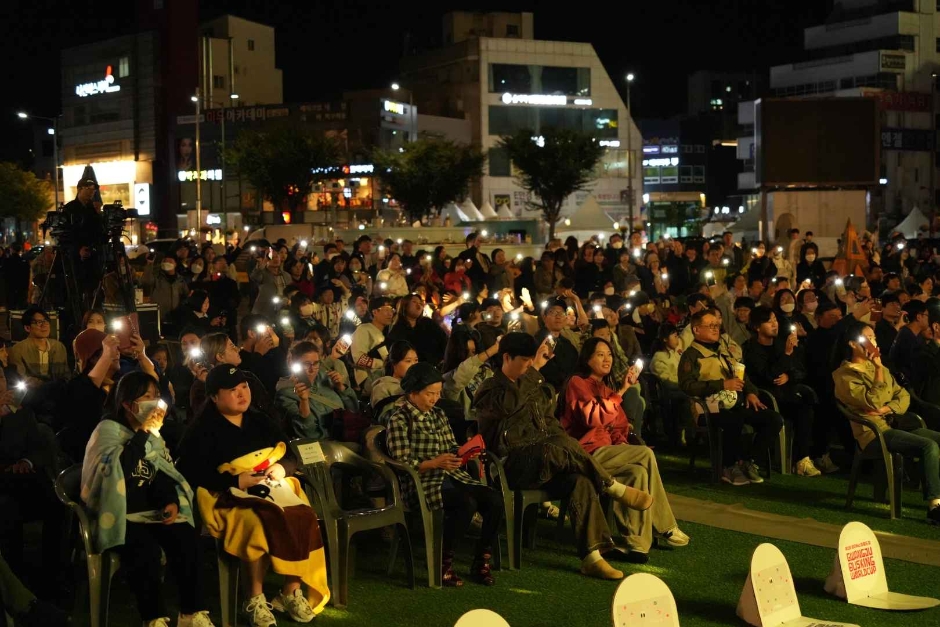
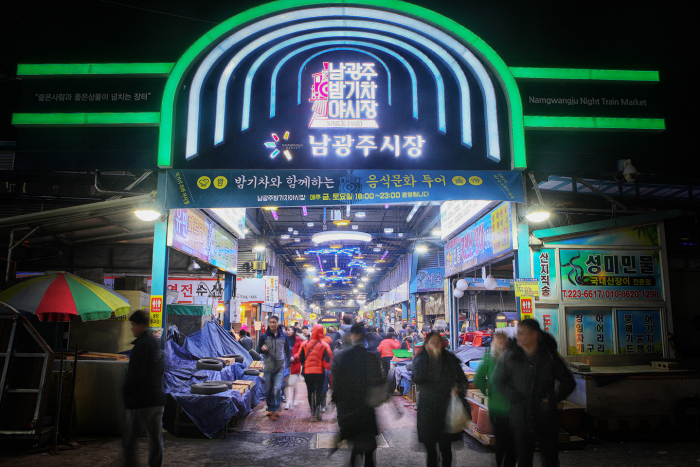
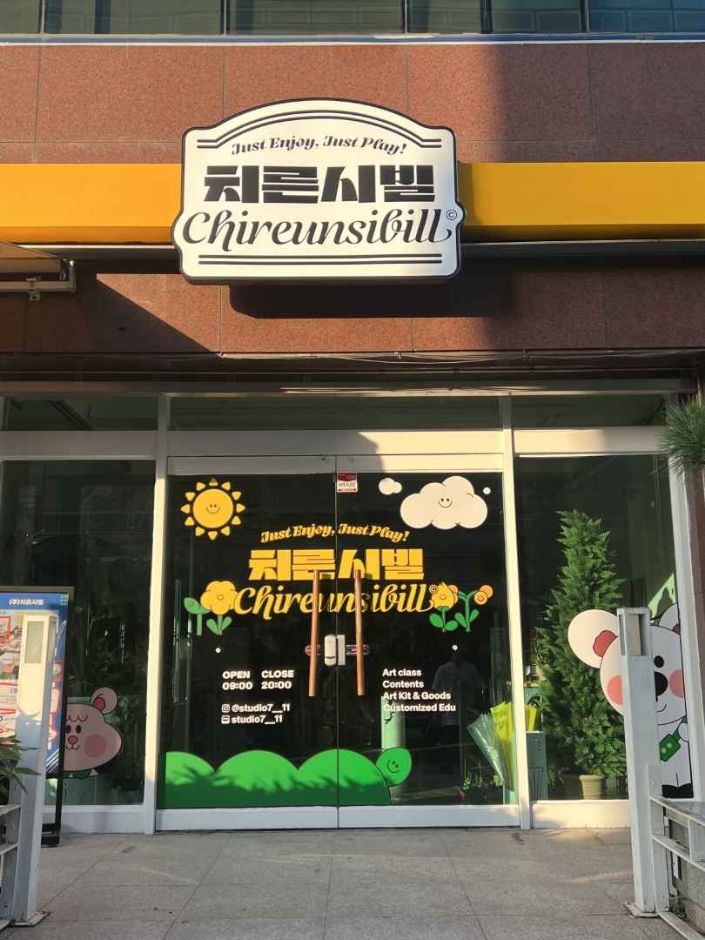
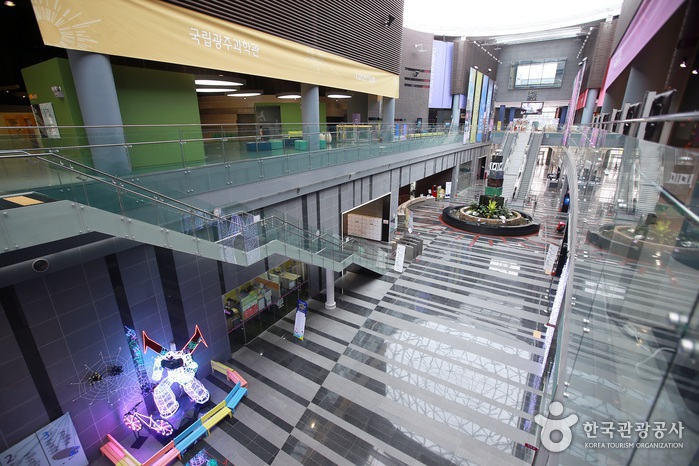
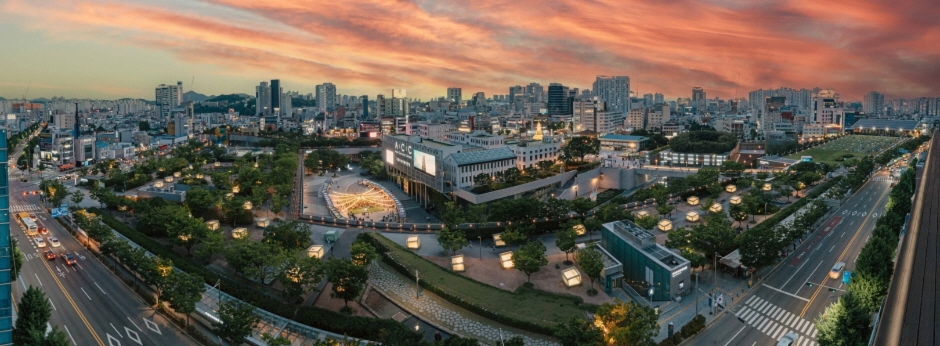
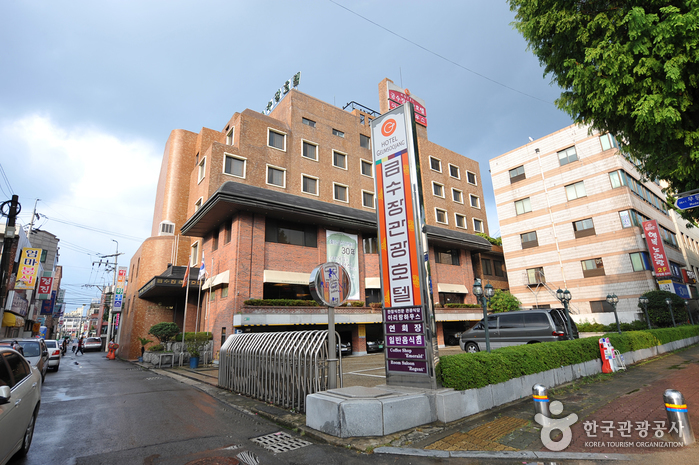

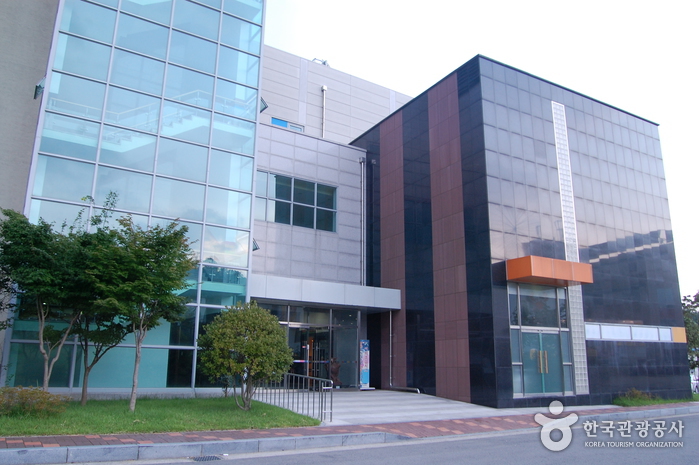
 English
English
 한국어
한국어 日本語
日本語 中文(简体)
中文(简体) Deutsch
Deutsch Français
Français Español
Español Русский
Русский